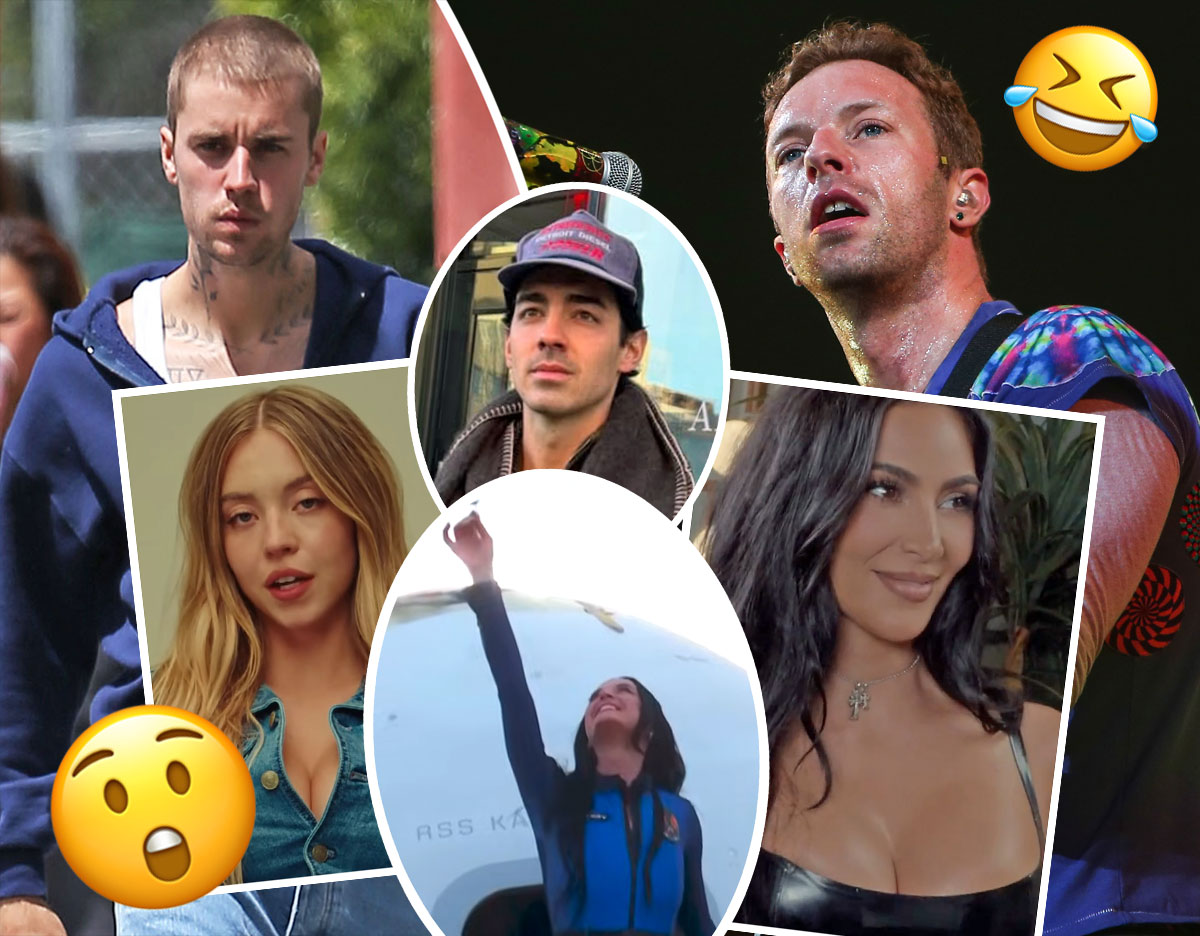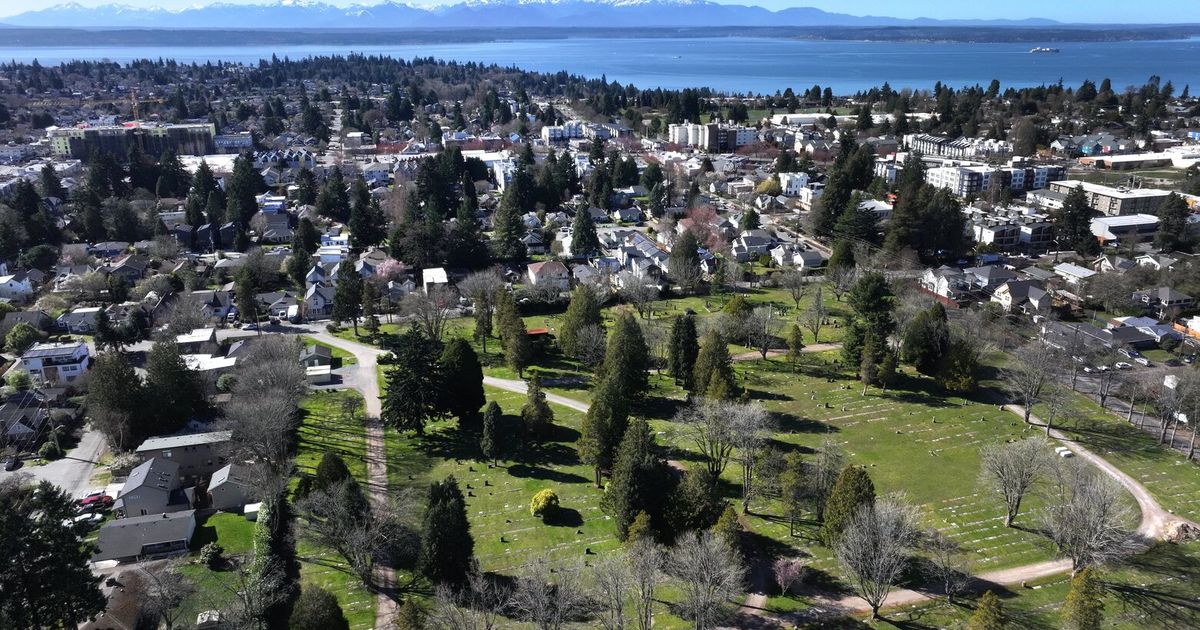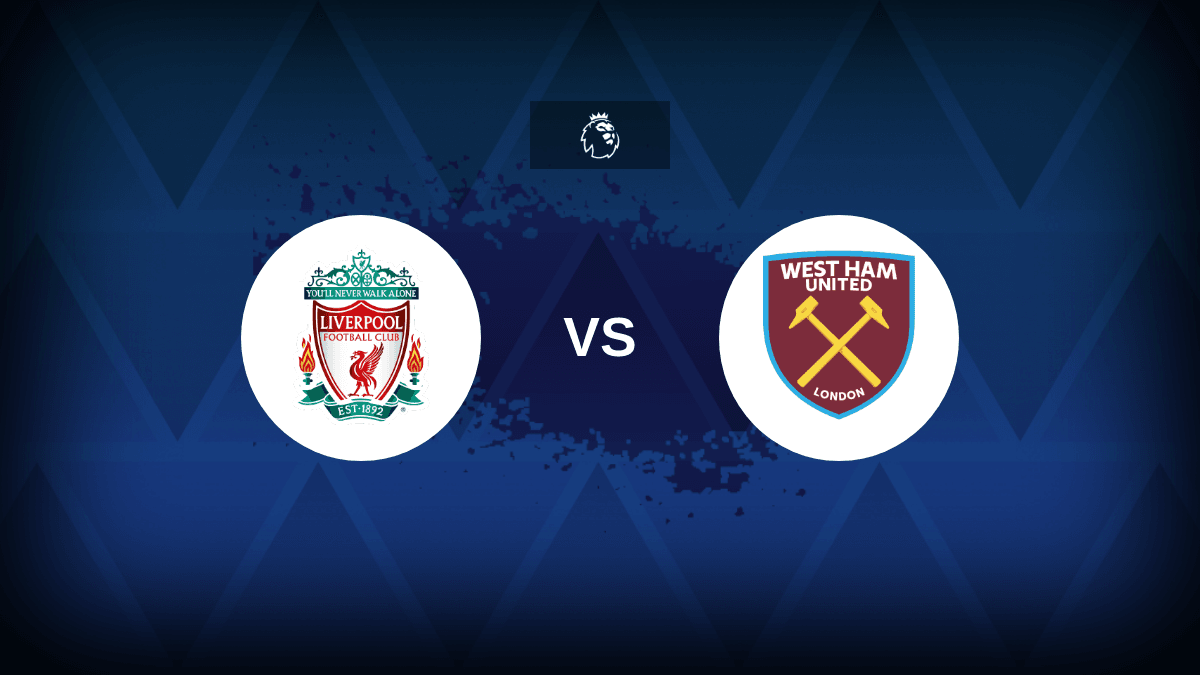Welcome to Commentary Commentary, where we sit and listen to filmmakers talk about their work, then share the most interesting parts. In this edition, Rob Hunter revisits Rowdy Herrington’s Road House commentary.
Rowdy Herrington‘s Road House hit theaters in the summer of 1989, and while it wasn’t a bomb, it wasn’t a hit either. It came, and it went, but the years have been very kind to it since with the film finding new fans who enjoy its simplicity, its quotability, and its sweaty, bloody fun. A remake is due to hit Prime this month, and you should prepare yourself now to start hearing people bash it deference to the original “classic.”
As someone who very much enjoys Herrington’s film, I’m content calling it a B-movie blast with its lone hero who’s new to town, the big bad villain and his army of cronies, and its explosive, throat-ripping finale. The film is a home video mainstay, and it recently got the 4K UHD treatment from the folks at Vinegar Syndrome and a slick special edition from the Australian label, Imprint. Both releases are loaded with extras including an older commentary track from Herington. So of course, before sitting down next week to watch the remake, I decided to give the track a listen.
Keep reading to see what I heard on the commentary track for…
Road House (1989)
Commentator: Rowdy Herrington (director)
1. The neon sign that opens the film was created by the film’s art department specifically for this crane shot. The actual bar’s name is The Arsenal.
2. “For this shot, I had asked the producer to find a girl who had great legs,” he says, regarding the woman who we see exit the Ferrari and then follow towards the club. They brought in an Italian model who specialized in stocking ads and such.
3. He feels very fortunate to have gathered such a stellar cast here including Patrick Swayze who was hot off Dirty Dancing (1987), Kelly Lynch who was actually under contract with United Artists, Sam Elliott, Kevin Tighe, and many more.
4. Herrington requested that all of the actors who get into fights here actually knew how to fight, and then the fifty-plus stunt performers and fight choreography by the great Benny Urquidez helped push the brawls over the top. The fight legend has a cameo during the monster truck scene at the car dealership.
5. He sings the praises of legendary cinematographer Dean Cundey, and he loves that they shot it in Panavision anamorphic widescreen.
6. There was some pushback when Herrington chose a Mercedes for Dalton’s (Swayze) fancy car. “It’s a rather expensive car to shoot over a wall and explode.” The beater car, by contrast, was chosen simply for its cool headlights.
7. The Double Deuce bar, seen first at 7:35 from the outside, is actually just a facade. They built those two visible sides with lighting in the windows, but there’s nothing behind it. The interior of the bar was built on a soundstage. Red’s Auto Parts shop across the parking lot is also a two-walled facade.
8. The script called for a blind guitarist who played the instrument in his lap, and it was a direct reference to Jeff Healey who writer David Lee Henry had seen perform in Canada. The film’s music supervisor actually brought in Healey to audition, and he obviously got the job.
9. The mustachioed bartender, Pat, is played by John Doe of the band X.
10. “Obviously, I didn’t write this scene,” he says as the sweaty prick offers the other sweaty jerk the chance to kiss his girl’s breasts for ten buck a pop.
11. Herrington’s wife and son both came down with food poisoning the night before the film’s first shooting day, and he was concerned that he would catch it too. Of course, he was more concerned about starting his first studio picture. “I think I was nervous enough that whatever the germ was, I killed it.”
12. One of the things that drew him to the film was its exploration of a world most people didn’t know. Bouncers, sure, but most people had never heard of a “cooler” like Dalton.
13. He credits producer Joel Silver with providing many of the young female extras for the bar scenes and party at Wesley’s (Ben Gazzara) house. “It was fairly remarkable.”
14. Red West plays the auto parts dealer, and Herrington found him to be a fascinating guy. He had been good friends with Elvis Presley, knew martial arts, and worked as Presley’s bodyguard at times.
15. Swayze studied Tai-chi to prepare for the scene where he goes through a routine in the sun by the water.
16. Herrington had his teams incorporate plenty of primary colors into the wardrobe and production design. “It was a choice that I made in order to accentuate how larger than life all of this was. It’s a bit of a cartoon in a sense.”
17. They had to hire bodyguards to “keep the women away from his motorhome” as they would try to rip off his clothing.
18. Elliott initially declined the role of Wade as he felt it was too similar to the one he played in Mask (1985), but Herrington brought him in for a meeting to talk more about the character, and he changed his mind. “I can’t imagine this picture without Sam Elliott.”
19. They discovered during production that Kathleen Wilhoite, who plays a waitress named Carrie, could sing, so they decided to incorporate that into her character. It’s a nice touch, and he thinks it suggests that those around Dalton are blossoming along with the changes he brought to the bar.
20. Lynch was actually contracted with United Artists to do a Sam Kinison film, but the comedian was deemed too wild by the studio and his movie was canceled. That left her available for Road House.
21. Keith David plays the new bartender, Ernie, and his original introductory scene — he comes to the bar with his girlfriend, gets into a fight with some rednecks, and is helped by Dalton — was cut from the film as it was already running too long.
22. He says that Jimmy’s (Marshall Teague) hand motion at 1:21:06, basically palm up and fingers inviting someone to come closer, has been ripped off by numerous other movies since… including The Matrix (1999).
23. Swayze wanted to do the stunt where Dalton leaps and tackles Jimmy off the moving motorcycle, but they wouldn’t let him. We see him dive, but the cut to the bike is a stunt man. “He was angry.”
24. The big fight between the pair was shot over five nights. “These guys got really tired.” He suggests that it’s actually harder to hit and miss then it is to hit and make contact. Herrington had heard about a martial artist ripping out someone’s trachea during a fight, so he added it here.
25. Silver used to visit the set and suggest various one-liners, and that includes “the classic Joel Silver” line where Jimmy says “I used to fuck guys like you in prison.”
26. The close-up of the bloodied rose tattoo on Wade’s corpse is a reference to a scene that was trimmed that saw Wade talking about his one true love that he lost, a woman named Rose.
27. The big stunt with the Mercedes was supposed to see it land on its roof, but the stunt driver had it going so fast that it completed its barrel roll and landed back on its wheels. “It was very exciting.”
28. The shotgun-wielding thug moves through the house and discovers the other henchmen all knocked out/killed, but Herrington actually shot each of those scenes with Dalton doling out the pain. They were all trimmed to bring down the running time.
29. The only injury among the film’s numerous stunt personnel came with the guy flipping over the railing after Dalton throws the knife into his chest. The guy was supposed to flip and land on his back on the boxes just out of frame, but he flipped too far, landed on his feet, and broke his ankle.
Best in Context-Free Commentary
“Road House is actually a modern western.”
“I have to say, this was a lot of fun to make.”
“This still cracks me up to this day.”
“Very important for actors to have chemistry if they’re gonna have a meaningful relationship on the screen.”
“We didn’t have to spray ’em down at all, that was real sweat.”
“Only a wrestler could hit the deck like that.”
“The explosions were always bigger than I thought they were gonna be.”
Final Thoughts
Road House is arguably the most popular of Herrington’s films, but I’d go to bat for the rest of his first four features which also includes Jack’s Back (1988), Gladiator (1992), and Striking Distance (1993). It remains a good time that hits all the expected beats but does it in sweaty style. Herrington leaves some minor gaps here and there on the track, but it’s still a good listen as he shares some entertaining thoughts on the film’s production. They really don’t make ’em like they used to anymore.
Read more Commentary Commentary from the archives.
Related Topics: Commentary Commentary, Road House
Recommended Reading















